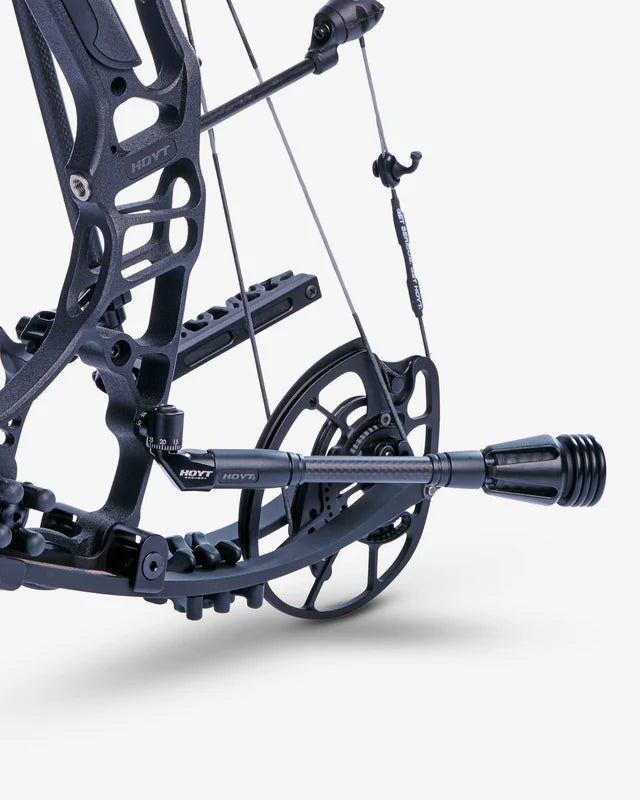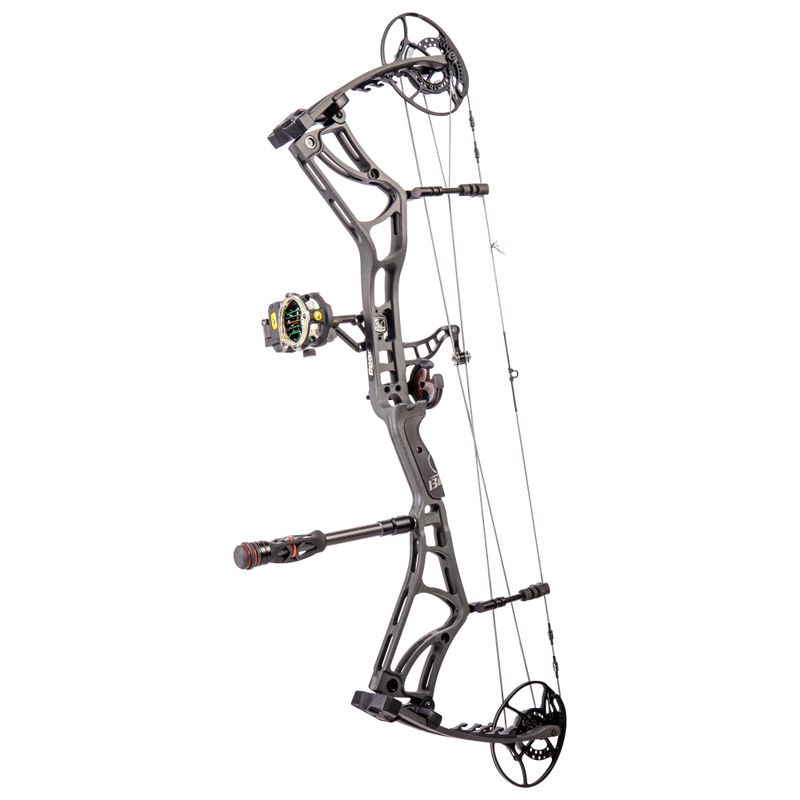Master the Art of Archery: Comprehending the Relevance of a Stabilizer in Your Setup
Archery, an ancient sport that calls for ability, accuracy, and emphasis, has actually astounded individuals for centuries. Whether one is a seasoned archer or just starting their trip, the importance of a stabilizer in their configuration can not be overstated. This crucial tool plays a substantial function in boosting accuracy and improving total efficiency. By recognizing the advantages of using a stabilizer, taking into consideration the right factors when picking one, and appropriately mounting and readjusting it, archers can raise their skills to brand-new heights. So, let us discover the ins and outs of mastering the art of archery and uncover the invaluable duty that a stabilizer plays in accomplishing success on the array.
The Function of a Stabilizer in Archery
A stabilizer plays a vital duty in archery by improving equilibrium and lowering vibrations during the shot. When an archer attracts the bowstring and releases it, there is a transfer of energy that can cause the acquiesce vibrate. These vibrations can adversely affect the precision of the shot. A stabilizer assists to neutralize these vibrations by dissipating the power and absorbing.
One of the primary benefits of a stabilizer is its ability to improve balance. The weight of the stabilizer assists to distribute the weight evenly, reducing the stress on the archer's arm and improving stability.
Along with equilibrium, a stabilizer additionally aids to minimize torque. When an archer launches the bowstring, there is a natural tendency for the acquiesce revolve in the hand. This rotation, referred to as torque, can trigger the arrow to drift off-course. The weight and layout of a stabilizer neutralize this turning, making certain a much more accurate and consistent shot.
Advantages of Using a Stabilizer
The application of a stabilizer in archery offers countless advantages that enhance an archer's efficiency and general capturing experience. A stabilizer aids to reduce the vibrations produced upon launch of the arrow. These resonances can trigger the bow to torque or twist, resulting in imprecise shots. By taking in and moistening these vibrations, the stabilizer boosts the stability of the bow, enabling more regular and accurate shots.
Secondly, a stabilizer assists to stabilize the bow by including weight to the front end. This weight circulation counteracts the natural propensity of the bow to tip onward upon release, minimizing the quantity of motion and enhancing the archer's capability to keep aim on target.

Last but not least, a stabilizer can additionally serve as a shock absorber, lowering the shock and recoil experienced upon launch. This not just enhances the convenience of shooting however also minimizes the risk of injury or strain on the archer's body.
Just How a Stabilizer Improves Precision
Enhancing the accuracy of an archer's shots, a stabilizer plays an important function in improving general efficiency. archery stabilizer. By adding stability to the bow, a stabilizer helps decrease the unwanted activity and vibration that can happen during a shot. This reduction in activity allows the archer to preserve Related Site a steady aim, resulting in even more regular and precise shots

In addition, a stabilizer helps to wet vibrations that occur upon release. These resonances can create the acquiesce shake, influencing the arrowhead's trajectory and accuracy. By absorbing and dissipating these resonances, a stabilizer aids to keep the bow's security and guarantee a exact and smooth shot.
In addition, a stabilizer can also assist in stabilizing the weight distribution of the bow (archery stabilizer). By including weight to the front of the bow, a stabilizer aids to stabilize the weight of accessories, such as quivers or sights, which might be connected to the bow. This well balanced weight distribution aids the archer maintain a steady and regulated capturing placement, resulting in boosted accuracy
Factors to Take Into Consideration When Selecting a Stabilizer
When selecting a stabilizer for your bow, it is essential to take into consideration a number of variables that will add to its total effectiveness and viability for your specific shooting style. The very first variable to consider is the length of the stabilizer.
An additional variable to take into go to this site consideration is the weight of the stabilizer. The weight of the stabilizer can influence the equilibrium of your bow.
Additionally, it is very important to consider the layout and construction of the stabilizer. Some stabilizers have adjustable features, such as adjustable length or adjustable weights, which allow you to customize the stabilizer to your details demands. The materials made use of in the construction of the stabilizer can additionally impact its efficiency. Carbon fiber stabilizers are resilient and lightweight, while light weight aluminum stabilizers provide an equilibrium in between weight and rigidness.
Finally, it is vital to consider your capturing style and preferences. Different stabilizers may work far better for sure shooting styles, such as target capturing or searching. It is suggested to seek advice from knowledgeable archers or professionals to establish which stabilizer will best fit your private requirements. Overall, considering these aspects will aid make certain that you select a stabilizer that improves your shooting experience and improves your precision.
Tips for Properly Setting Up and Adjusting a Stabilizer
Appropriate installation and change of a stabilizer is important for enhancing its efficiency and guaranteeing optimum capturing accuracy. When setting up a stabilizer, it is necessary to follow a few vital steps to guarantee its efficiency. Initially, figure out the suitable length of the stabilizer based upon your capturing style and preferences. Longer stabilizers give more stability however can be much less maneuverable, while much shorter stabilizers offer boosted ability to move yet might compromise security. Connect the stabilizer to the bow using the provided placing hardware as soon as you have chosen the ideal length. Make certain that the stabilizer is safely attached and aligned with the bow's riser.
After mounting the stabilizer, it is essential to make adjustments to attain the preferred equilibrium and shot consistency. Start by readjusting the weight distribution along the stabilizer. In addition, take into consideration changing the angle of the stabilizer to adjust the shot.

Conclusion
In final thought, a stabilizer plays a vital duty in archery by improving precision and lowering bow torque. When choosing a stabilizer, aspects such as weight, length, and material ought useful content to be considered to fulfill private needs.
Furthermore, a stabilizer can additionally help in balancing the weight circulation of the bow. By adding weight to the front of the bow, a stabilizer aids to stabilize the weight of devices, such as sights or quivers, which may be attached to the bow. Some stabilizers have flexible features, such as flexible length or flexible weights, which enable you to customize the stabilizer to your details requirements. Carbon fiber stabilizers are sturdy and light-weight, while light weight aluminum stabilizers provide a balance between weight and strength.
Longer stabilizers supply even more stability however can be less maneuverable, while much shorter stabilizers offer raised maneuverability but may give up stability.